The 9th Symposium on Frequency Standards and Metrology
Kingscliff, NSW, Australia
16-20 October 2023
1971
The first symposium was organized by Jaques Vanier in 1971 in Forét Montmorency in Quebec, Canada.
The first meeting was held in Canada at the Pavillon de la Forêt Montmorency, Université Laval, Quebec, Canada from August 30 - September l, 1971. The organizer and chairman was Prof. Jacques Vanier from the Université Laval. The number of participants was 57. At the time, the meeting was modestly called Frequency Standards and Metrology Seminar. Upon request from European participants, the name was changed from Seminar to Symposium in later meetings. Proceedings of the meeting (soft covers) were edited by H. Hellwig and J. Vanier, and published by Les Presses de I'Universite Laval.
(Extract from David Wineland 2016 J. Phys.: Conf. Ser. 723 012001)
Not surprisingly, there were a number of reports on Cs beam standards and H masers in this first meeting. For Cs beams, Dr. Gerhard Becker (PTB) set the benchmark, reporting σy(τ) ≅ 3 × 10^-12 τ-1/2 and an inaccuracy of 4 × 10^-13. This standard had a Ramsey cavity length L = 0.8 m and also featured hexapole state selection and detection magnets, in order to focus the beam and mitigate uncertainties from the distributed cavity phase shift. Interestingly, distributed cavity phase shifts have continued to be a concern even today. Hydrogen masers featured prominently with reports from NRC, Goddard, Harvard, Orsay, Laval, NPL, and SAO. Although the difficulty of detecting hydrogen atoms was well known, an interesting report was given by Harry Peters (Goddard), who described a hydrogen beam magnetic resonance apparatus, where detection downstream was provided by a Penning ion gauge.
One talk (J. DePrins, University of Brussels) described results with an ammonia beam maser. I found this interesting given the historical significance of ammonia being the first maser/laser type device, but it was the only talk on ammonia masers at FSM symposia. An interesting report was presented by Hans Schuessler (Texas A&M) on trapped ion spectroscopy. This was not long after the experiments he carried out on 3He+ hyperfine spectroscopy (~ 8.67 GHz) in the group of Hans Dehmelt (University of Washington) [1]. This was a rather heroic experiment in which the ions were polarized through spin-exchange with a polarized Cs beam and detected through state-dependent charge transfer (3He+ + Cs → 3He + Cs+) in conjunction with measuring the change in 3He+ ion number by sensing ion currents in the trap electrodes. Along with the H-maser, this experiment showed a key advantage of confinement - that the atoms’ velocity and first-order Doppler shift can average to zero. In this experiment, however, the ions were rather hot, which limited the accuracy to about 1 part in 109 from the second-order Doppler or time-dilation shift.
Today, given the recent dramatic advances with optical clocks, some of our younger colleagues might think that the subject of optical clocks is fairly new. However, already by 1971, this area was being actively pursued. One report was presented by Dick Barger describing his work with Jan Hall [2] on stabilization of a standing wave, HeNe laser at 3.39 µm by saturated absorption of CH4 contained in an intra-cavity cell. Here also the first-order Doppler shift is essentially eliminated because the saturated absorption feature is due to both forward and backward traveling waves interacting with the same group of atoms whose velocity along the axis of the laser cavity is zero. This particular work was significant because the reproducibility of the frequency was at the level of 10-11, two orders of magnitude better than the wavelength standard based on a 606 nm line in Kr, which was limited in accuracy because the lineshape was asymmetric. If frequency measurements could be extended to the visible, then the wavelength standard could be eliminated by defining the speed of light. Other talks on stable lasers included those by Charles Freed, Tony Siegman, Helmut Hellwig, and Shaoul Ezekiel.
An interesting talk was given by Judah Levine who reported a strain meter based on a 30 m reference cavity (at 3.39 µm) where the mirrors were mounted to bedrock in an abandoned mine near Boulder, Colorado. One goal of the project was to measure earth vibrations and tides but the device was also sensitive to strains induced by underground nuclear explosions. Data was shown for such an event from the underground test site in Nevada. The signature of these signals could be distinguished from naturally occurring earthquakes, an important factor in insuring the viability of the future nuclear test ban treaty. The possible application to detection of gravity waves was also noted, and although the sensitivity was well below that of today’s gravitational wave detectors, the required technology was already being developed in these early experiments.
[1] Schuessler H A, Fortson E N and Dehmelt H G 1969 Phys. Rev. A187 5
[2] Barger R L and Hall J L 1969 Phys. Rev. Lett. 22 4
